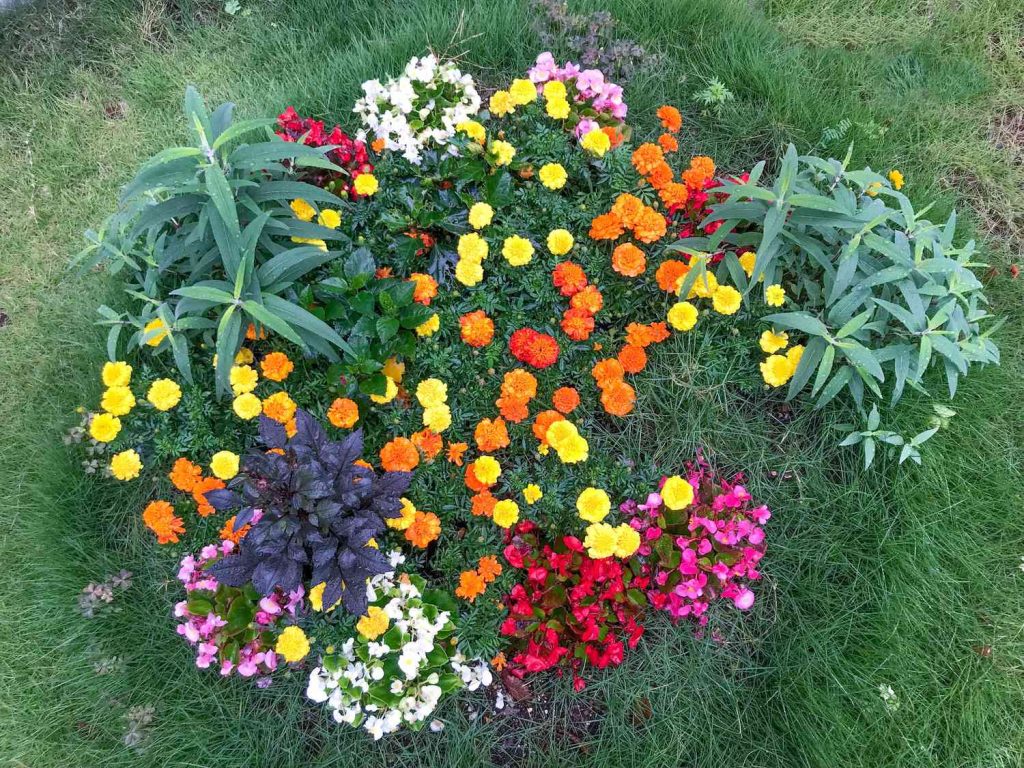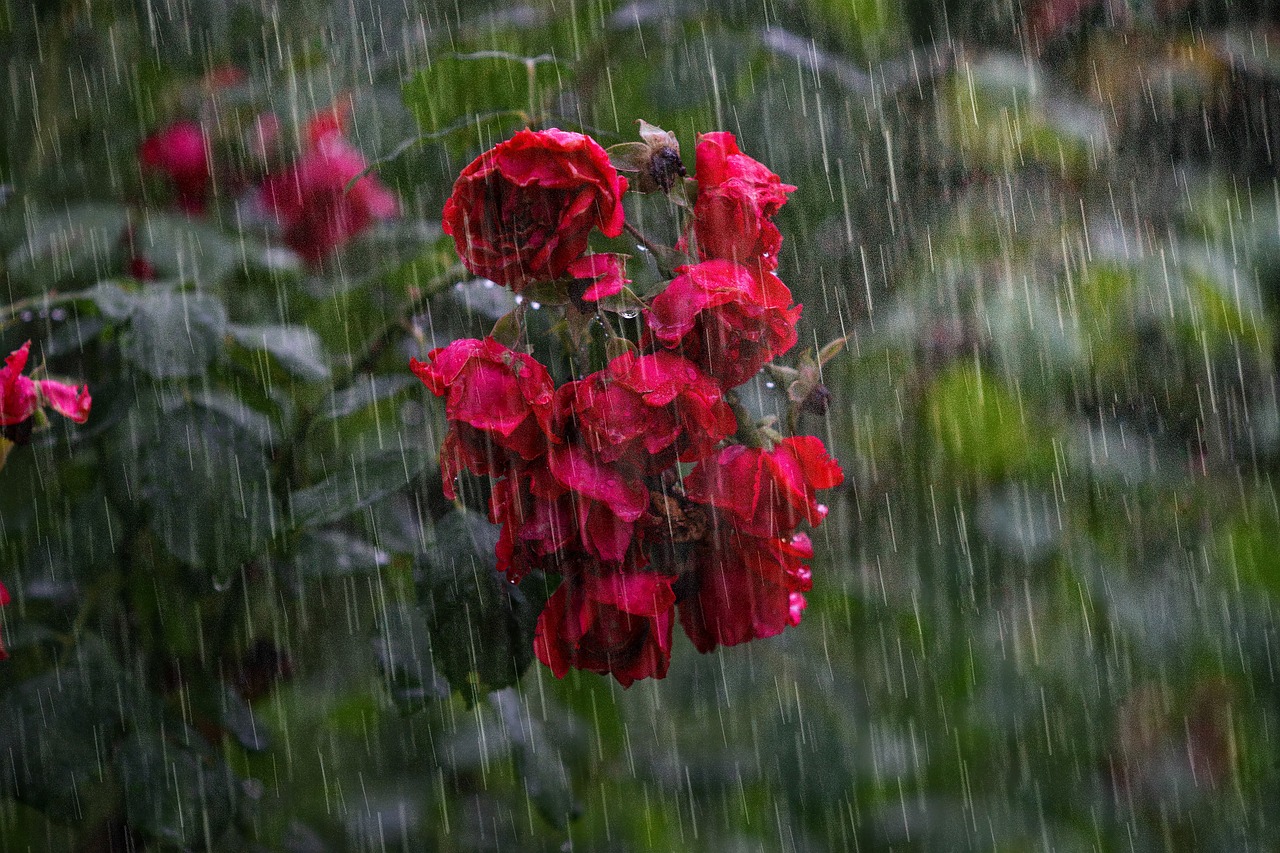Gardening is a labor of love that requires careful attention and dedication. While rainfall is essential for the health of your plants, heavy downpours can pose a threat to the well-being of your garden. In this blog, we’ll explore effective strategies and practical tips to safeguard your garden from the potential damages associated with intense rainfall.
Evaluate Your Garden’s Drainage System
The key to preventing waterlogged soil and root rot is ensuring proper drainage. Assess your garden’s current drainage system and make necessary adjustments. Consider adding organic matter to improve soil structure, incorporating raised beds, or installing drainage channels to redirect excess water away from sensitive plant roots.
Choose the Right Plants
Opt for plants that are well-suited to your local climate and are known for their resilience in heavy rainfall. Native plants are often adapted to the natural conditions of the region, making them more resistant to excessive water. Additionally, selecting plants with well-established root systems can help stabilize soil and reduce the risk of erosion.
Mulch for Moisture Regulation
Mulching is a versatile technique that can benefit your garden in various ways. During heavy rainfall, a layer of organic mulch helps regulate soil moisture by preventing excessive evaporation and runoff. Apply a thick layer around the base of your plants to create a protective barrier that retains moisture while minimizing the risk of soil erosion.
Implement Rain Gardens
Rain gardens are strategically designed to absorb and manage excess rainwater. By planting water-loving vegetation in a depression or basin in your garden, you can create a natural reservoir that prevents flooding and allows water to slowly infiltrate the soil. Research local guidelines or consult with landscaping professionals to design an effective rain garden for your specific climate.
Install Rain Barrels
Harvesting rainwater using barrels can be an eco-friendly solution to both conserve water and protect your garden during heavy rainfall. By collecting rainwater from your roof, you can control the release of water into your garden, directing it away from vulnerable areas. Ensure proper installation and placement of rain barrels to maximize their effectiveness.

Create Swales or Contour Planting
Swales are shallow, broad channels designed to direct water across the landscape gradually. By incorporating swales or contour planting in your garden, you can slow down the flow of rainwater, allowing it to percolate into the soil and minimize erosion. This technique is particularly useful on sloped terrains.
Build Raised Beds
Elevating your plant beds can be an effective strategy to protect your garden from waterlogging during heavy rainfall. Raised beds provide better drainage and aeration, preventing water from pooling around plant roots. Use a mix of well-draining soil and compost to fill your raised beds for optimal results.
Stabilize Soil with Cover Crops
Integrating cover crops into your gardening routine can enhance soil structure and stability. These crops, often planted during fallow periods, help prevent soil erosion and compaction. Their root systems bind the soil together, making it more resistant to the impact of heavy rainfall.
Check and Clean Gutters Regularly
Effective water management starts at the top. Ensure that your gutters and downspouts are free from debris, leaves, and other obstructions to allow rainwater to flow unimpeded. Redirect downspouts away from the garden or use extensions to direct water away from vulnerable areas.
Prune and Support Plants
Trimming overgrown branches and securing tall or fragile plants can minimize the risk of damage during heavy rainfall. Pruning allows for better air circulation, reducing the chances of fungal diseases that thrive in damp conditions. Use stakes or cages to support top-heavy plants and prevent them from bending or breaking under the weight of rain-soaked foliage.
Your garden is a sanctuary, and protecting it during heavy rainfall involves a combination of thoughtful planning and proactive measures. By implementing these strategies, you can fortify your garden against the potential damages of intense rain, ensuring that it thrives even in the face of challenging weather conditions. Remember to adapt these tips to your specific climate and gardening conditions for the best results.



